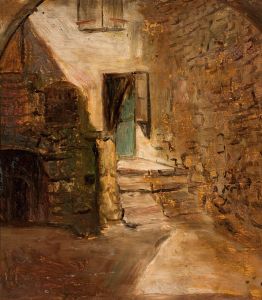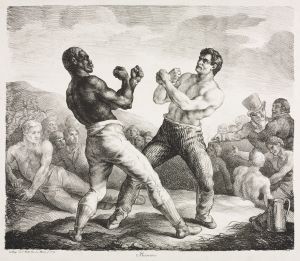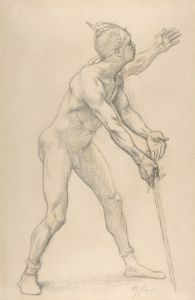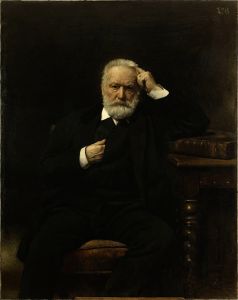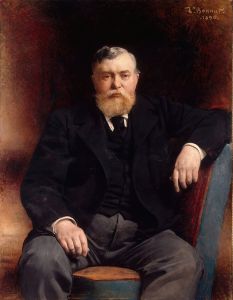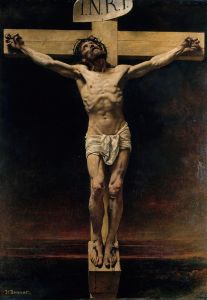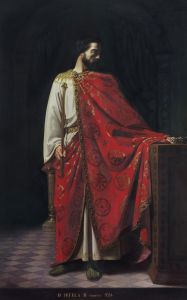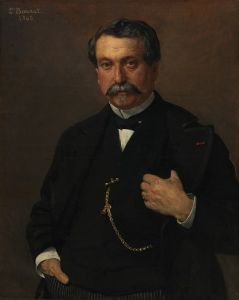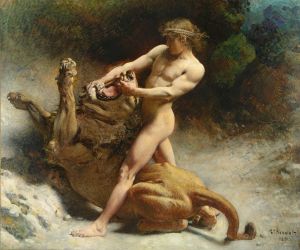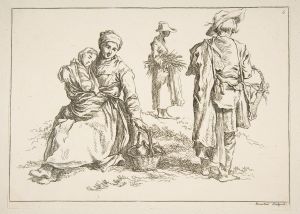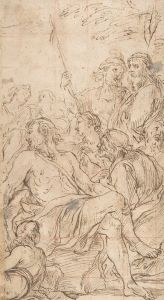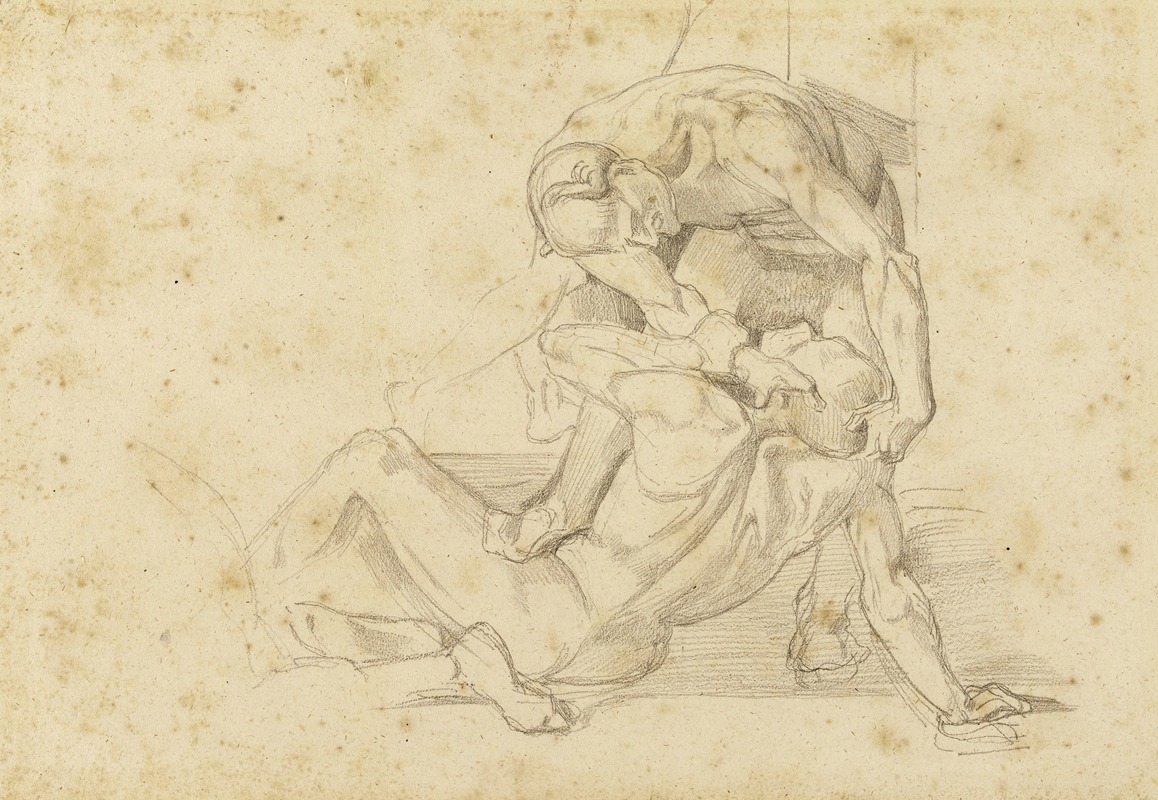
Deux hommes nus luttant
A hand-painted replica of Léon Bonnat’s masterpiece Deux hommes nus luttant, meticulously crafted by professional artists to capture the true essence of the original. Each piece is created with museum-quality canvas and rare mineral pigments, carefully painted by experienced artists with delicate brushstrokes and rich, layered colors to perfectly recreate the texture of the original artwork. Unlike machine-printed reproductions, this hand-painted version brings the painting to life, infused with the artist’s emotions and skill in every stroke. Whether for personal collection or home decoration, it instantly elevates the artistic atmosphere of any space.
Léon Bonnat's painting "Deux hommes nus luttant" (Two Nude Men Wrestling) is a notable work by the French artist, who was renowned for his portraiture and historical paintings. Born in 1833 in Bayonne, France, Bonnat became a prominent figure in the 19th-century art world, known for his academic style and his role as a teacher to many future artists.
"Deux hommes nus luttant" exemplifies Bonnat's skill in capturing the human form and his interest in dynamic compositions. The painting depicts two male figures engaged in a wrestling match, showcasing Bonnat's mastery of anatomy and movement. The figures are rendered with a high level of detail, emphasizing the tension and physicality of the sport. The work reflects the academic tradition of studying the human body, which was a significant aspect of artistic training during Bonnat's time.
Bonnat's education and career were deeply rooted in the academic art tradition. He studied at the École des Beaux-Arts in Paris and later in Madrid, where he was influenced by Spanish masters such as Diego Velázquez and Francisco Goya. This exposure to different artistic styles enriched his approach to painting, allowing him to blend realism with a keen sense of drama and emotion.
Throughout his career, Bonnat received numerous accolades and held prestigious positions, including becoming a member of the Académie des Beaux-Arts and serving as the director of the École des Beaux-Arts. His influence extended beyond his own work, as he mentored many artists who would go on to achieve fame in their own right, including Henri de Toulouse-Lautrec and Georges Braque.
The painting "Deux hommes nus luttant" is an example of Bonnat's interest in exploring themes of strength and struggle, common in the academic art of the period. Such themes were often used to demonstrate an artist's ability to depict complex poses and to convey a narrative through the human form. The choice of wrestling as a subject also reflects a broader cultural interest in athleticism and the idealized male body, which were popular themes in 19th-century art.
While specific details about the painting's creation and its current location may not be widely documented, it remains an important part of Bonnat's oeuvre. His work continues to be studied for its technical proficiency and its contribution to the academic art tradition.
Bonnat's legacy is preserved not only through his paintings but also through his impact as an educator and his role in shaping the direction of French art in the late 19th and early 20th centuries. His dedication to the principles of academic art and his ability to adapt and incorporate influences from various artistic movements make him a significant figure in the history of art.
In summary, "Deux hommes nus luttant" is a testament to Léon Bonnat's skill as a painter and his commitment to the academic tradition. The painting captures the intensity and physicality of its subjects, reflecting the artist's deep understanding of the human form and his ability to convey emotion and movement through his work.






